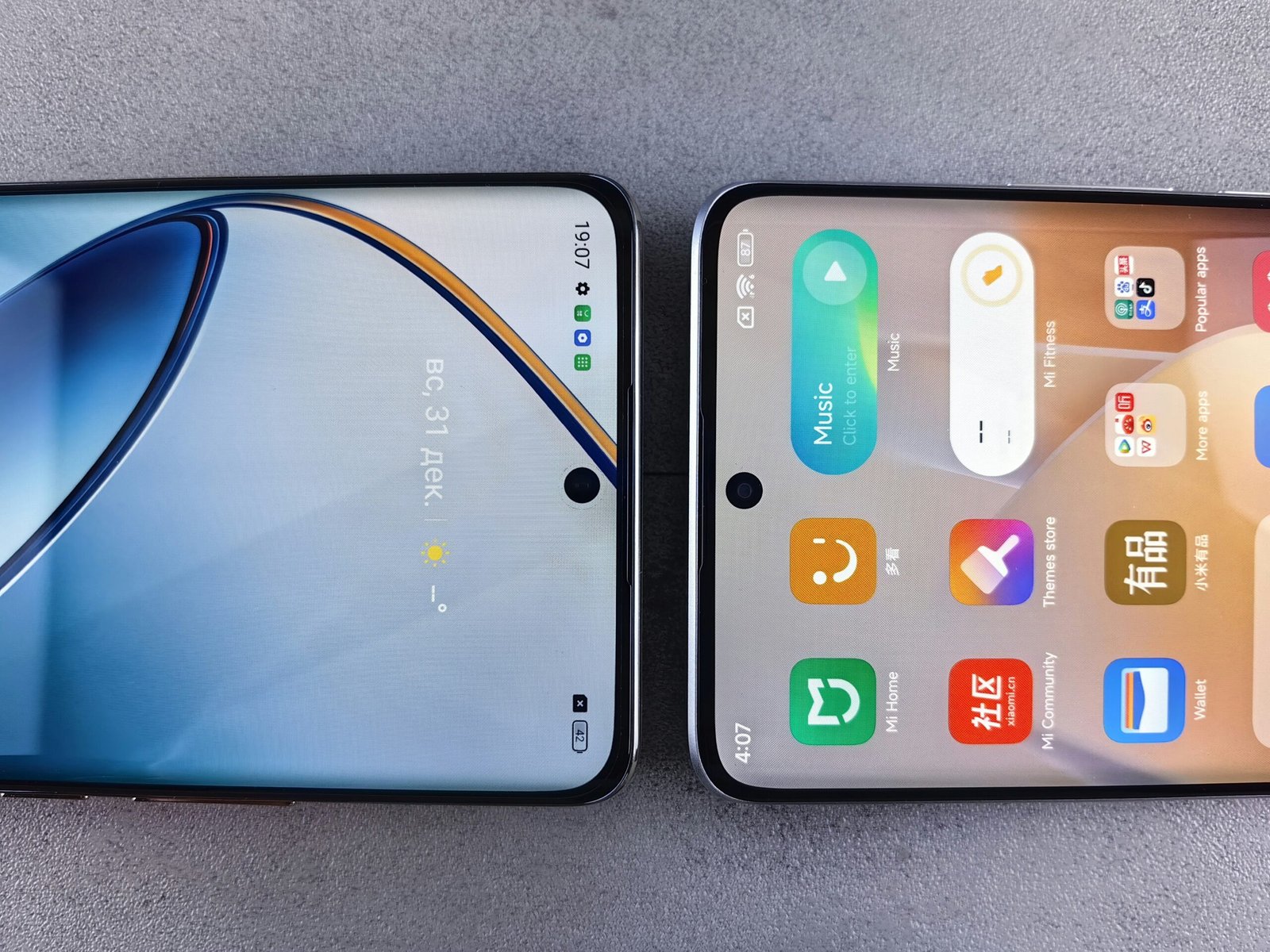Understanding Your Needs: The First Step in Smartphone Selection
Selecting the right smartphone begins with a clear understanding of your specific needs and preferences. A smartphone is an essential tool that should cater to various aspects of your daily life, whether for communication, entertainment, or professional tasks. To make an informed decision, it is crucial to evaluate how you intend to use your device. This assessment involves considering different user scenarios such as basic communication, gaming, photography, and productivity.
If your primary use of a smartphone revolves around basic communication, then you might prioritize features like battery life and call quality. In this case, a more budget-friendly model without the latest specifications could meet your requirements effectively. Conversely, if you are an avid gamer, the importance of a high-resolution display, fast processing speed, and enhanced graphic capabilities cannot be overstated. Identifying these needs will guide you to models specifically designed to handle demanding applications.
Photography enthusiasts should also take time to evaluate their desires in terms of camera functionality. Key features to consider are megapixel count, optical image stabilization, and low-light performance, which can significantly enhance your photographic experience. Additionally, if you plan to use your smartphone for productivity purposes, such as managing emails and documents, look for devices that offer optimal multitasking capabilities, large screen sizes, and robust app support.
Before diving into brand comparisons and extensive feature lists, asking yourself pertinent questions can streamline the selection process. What are the primary tasks you wish to accomplish with your smartphone? Are you loyal to a specific operating system? Do you have any budget constraints? By addressing these inquiries, you will clarify your expectations, allowing you to choose a smartphone that aligns perfectly with your lifestyle and requirements.
Key Features to Consider When Comparing Smartphones
When embarking on the journey of purchasing a new smartphone, it is vital to evaluate several key features that significantly influence overall user experience. One of the foremost aspects to consider is the processor speed, which determines how smoothly the device operates. A smartphone with a high-speed processor can handle multiple applications simultaneously, making it ideal for users who frequently multitask or engage in gaming activities.
Next, the quality of the camera plays a critical role for many consumers, particularly those who prioritize photography. A smartphone equipped with advanced camera technology can capture high-resolution images and perform exceptionally in various lighting conditions. Features such as optical zoom, image stabilization, and AI enhancements further contribute to the quality of photos taken with the device.
Battery life is another essential feature that cannot be overlooked. Buying a smartphone with a long-lasting battery ensures that the device remains functional throughout the day, even with heavy usage. Users should look for specifications indicating battery capacity in milliampere-hours (mAh) and consider how software optimizations can further extend battery performance.
The display type and size also significantly affect user experience. Larger displays may provide a more immersive viewing experience, while the choice between OLED and LCD can influence color vibrancy and power consumption. Thus, assessing personal preferences for screen size and quality is crucial when comparing smartphones.
Additionally, the operating system (OS) is fundamental, as it determines the user interface and overall functionality of the device. Familiarity with either iOS or Android can guide consumers toward a smartphone that fits their needs. Lastly, storage options should be evaluated; smartphones with expandable storage capabilities can offer greater flexibility for users who require substantial media libraries or app installations.
Budgeting for Your Next Smartphone: Options for Every Wallet
When considering a new smartphone, understanding your budget is critical to making an informed purchase. The smartphone market offers a variety of price ranges, from budget options to premium models, each with unique features and trade-offs that cater to different user needs. The primary categories include budget smartphones, mid-range devices, and high-end flagship models.
Budget smartphones typically range from $100 to $300. These options often come with basic features, decent performance for everyday tasks, and reliable battery life. While they may lack advanced specifications, such as high-resolution cameras or extensive storage options, they provide essential functionality for users who primarily engage in calls, messaging, and light app usage. Brands focusing on this segment often deliver excellent value for money, making them a suitable choice for students or those who prioritize affordability.
Mid-range smartphones, priced between $300 and $600, offer a balance between performance and cost. These devices usually feature superior cameras, better processors, and more substantial internal storage than their budget counterparts. Users can expect enhanced display quality and more robust build materials, making them appealing to individuals who want a bit more from their devices without breaking the bank. Mid-range options have gained significant popularity as they provide many features typical to flagship models at a fraction of the cost.
In contrast, flagship models generally start at $600 and can escalate to upwards of $1,200. These premium smartphones offer cutting-edge technology, top-tier cameras, and superior performance. Users can access high-resolution displays, advanced security features, and extensive software support. However, it is essential to assess personal needs before committing to such investments. To find value for money, research options, read reviews, and prioritize must-have features based on your lifestyle and usage patterns, ensuring the best financial decision for your next smartphone.
Smartphone Comparison: Making Informed Choices
When it comes to the smartphone market, the sheer number of options available can be overwhelming. To facilitate making an informed choice, utilizing online comparison tools and resources is highly beneficial. These tools allow potential buyers to select multiple smartphone models and assess their specifications, performance metrics, and prices side by side, making it easier to identify which device aligns with their needs and preferences.
It is also essential to delve into user reviews and expert opinions when evaluating smartphones. Authentic user experiences can provide insights into real-world performance, battery life, camera quality, and overall usability that are not always apparent from technical specifications alone. Expert reviews often offer detailed analyses, comparisons, and recommendations based on rigorous testing, which can further inform a consumer’s choice. Websites dedicated to tech reviews or forums where users share their experiences can be excellent resources for gathering information.
Prioritizing features according to individual needs is crucial in the decision-making process. For example, if photography is a primary concern, a user might want to focus on smartphones that have superior camera capabilities, such as high-resolution sensors and advanced editing software. If battery longevity is essential, features like fast charging and battery capacity should take precedence. By filtering out low-priority attributes, consumers can streamline their choices more effectively.
For illustration, consider the comparison between two popular smartphone models: the iPhone 14 and the Samsung Galaxy S23. While both devices offer impressive specifications like high-resolution displays and capable processors, the iPhone’s ecosystem may appeal to Apple users, while Samsung may have an edge in customization options and camera innovation. Analyzing such distinctions can significantly influence a buyer’s final purchase decision.


